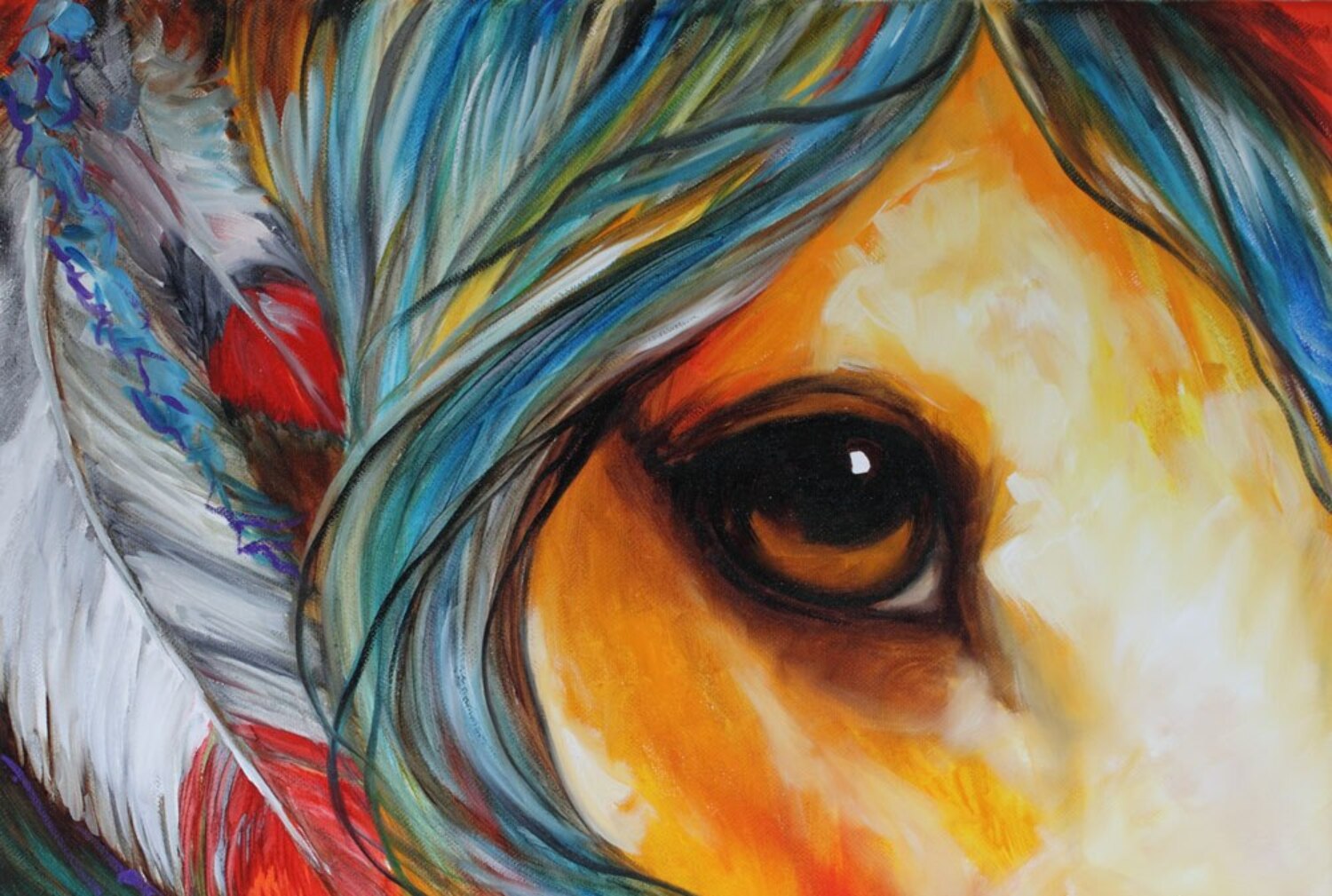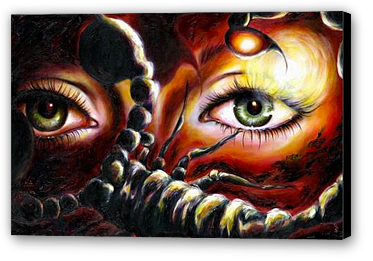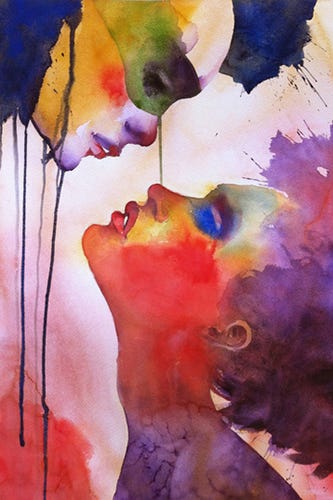Buy Paintings Biography
(Source google.com)
The Mona Lisa (Monna Lisa or La Gioconda in Italian; La Joconde in French) is a half-length portrait of a woman by the Italian artist Leonardo da Vinci, which has been acclaimed as "the best known, the most visited, the most written about, the most sung about, the most parodied work of art in the world." The painting, thought to be a portrait of Lisa Gherardini, the wife of Francesco del Giocondo, is in oil on a white Lombardy poplar panel, and is believed to have been painted between 1503 and 1506, although Leonardo may have continued working on it as late as 1517. It was acquired by King Francis I of France and is now the property of the French Republic, on permanent display at The Louvre museum in Paris since 1797.
The ambiguity of the subject's expression, which is frequently described as enigmatic, the monumentality of the composition, the subtle modeling of forms and the atmospheric illusionism were novel qualities that have contributed to the continuing fascination and study of the work.
The title of the painting that is known in English as Mona Lisa stems from a description by Renaissance art historian Giorgio Vasari, who wrote "Leonardo undertook to paint, for Francesco del Giocondo, the portrait of Mona Lisa, his wife."[5][6] Mona in Italian is a polite form of address originating as ma donna —similar to Ma’am, Madam, or my lady in English. This became madonna, and its contractionmona. The title of the painting, though traditionally spelled "Mona" (as used by Vasari, is also commonly spelled in modern Italian asMonna Lisa, but this is rare in English. Vasari's account of the Mona Lisa comes from his biography of Leonardo published in 1550, 31 years after the artist's death, and which has long been the best known source of information on the provenance of the work and identity of the sitter. Leonardo's assistant Salaì, at his death in 1525, owned a portrait which in his personal papers was named la Gioconda, a painting bequeathed to him by Leonardo. That Leonardo painted such a work, and its date, were confirmed in 2005 when a scholar at Heidelberg University discovered a marginal note in a 1477 printing of a volume written by the ancient Roman philosopher Cicero. The note is dated October 1503 and was written by Leonardo's contemporary Agostino Vespucci. This note likens Leonardo to renowned Greek painter Apelles, who is mentioned in the text, and states that Leonardo was at that time working on a painting of Lisa del Giocondo.
The sitter, Lisa del Giocondo, was a member of the Gherardini family of Florence and Tuscany, and the wife of wealthy Florentine silk merchant Francesco del Giocondo. The painting is thought to have been commissioned for their new home, and to celebrate the birth of their second son, Andrea. The Italian name for the painting, La Gioconda, means "jocund" ("happy" or "jovial"), or literally "the jocund one", a pun on the feminine form of the sitter's married name Giocondo. In French, the title La Joconde has the same meaning. Over the years there have been several alternative views among scholars as to the subject of the painting. Some have argued that Lisa del Giocondo was the subject of a different portrait, identifying at least four other paintings as the Mona Lisa referred to by Vasari. Several other individuals have been proposed as the subject of the painting. Pacifica Brandano or Brandino, Isabela Gualanda, Caterina Sforza, —even Salaì and Leonardo himself— are all among the list of posited models portrayed in the painting. Currently, the consensus of art historians is that the painting depicts Lisa del Giocondo, which has always been the traditional view.
Buy Paintings Pintings of Nature Abstract on Canvas for Kids Scenes Love Beauty and Environment Wallpapers Easy Scenery

Buy Paintings Pintings of Nature Abstract on Canvas for Kids Scenes Love Beauty and Environment Wallpapers Easy Scenery

Buy Paintings Pintings of Nature Abstract on Canvas for Kids Scenes Love Beauty and Environment Wallpapers Easy Scenery

Buy Paintings Pintings of Nature Abstract on Canvas for Kids Scenes Love Beauty and Environment Wallpapers Easy Scenery

Buy Paintings Pintings of Nature Abstract on Canvas for Kids Scenes Love Beauty and Environment Wallpapers Easy Scenery
Buy Paintings Pintings of Nature Abstract on Canvas for Kids Scenes Love Beauty and Environment Wallpapers Easy Scenery

Buy Paintings Pintings of Nature Abstract on Canvas for Kids Scenes Love Beauty and Environment Wallpapers Easy Scenery
Buy Paintings Pintings of Nature Abstract on Canvas for Kids Scenes Love Beauty and Environment Wallpapers Easy Scenery
Buy Paintings Pintings of Nature Abstract on Canvas for Kids Scenes Love Beauty and Environment Wallpapers Easy Scenery

Buy Paintings Pintings of Nature Abstract on Canvas for Kids Scenes Love Beauty and Environment Wallpapers Easy Scenery
Buy Paintings Pintings of Nature Abstract on Canvas for Kids Scenes Love Beauty and Environment Wallpapers Easy Scenery

Buy Paintings Pintings of Nature Abstract on Canvas for Kids Scenes Love Beauty and Environment Wallpapers Easy Scenery
Buy Paintings Pintings of Nature Abstract on Canvas for Kids Scenes Love Beauty and Environment Wallpapers Easy Scenery
Buy Paintings Pintings of Nature Abstract on Canvas for Kids Scenes Love Beauty and Environment Wallpapers Easy Scenery

No comments:
Post a Comment